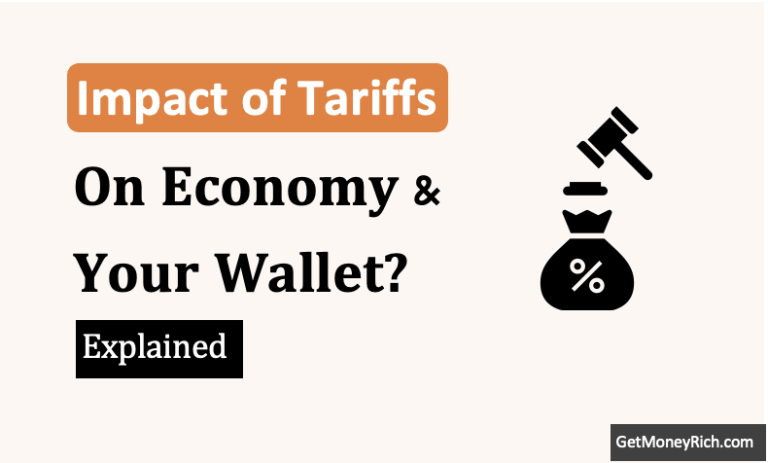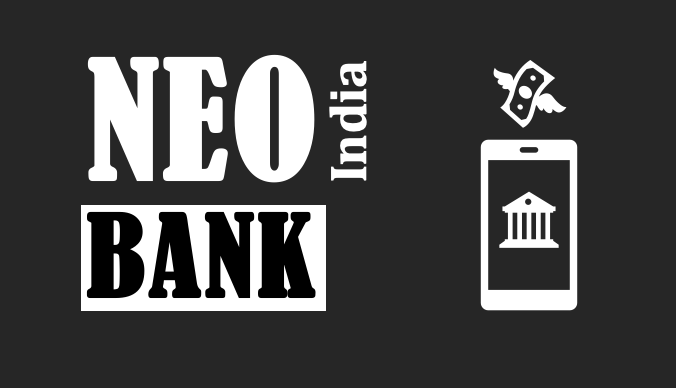Australia’s Commonwealth Bank, recently announced a controversial move to introduce a $3 fee for every cash withdrawal. This fee will be applicable for all withdrawals made at a branch, post office, or by phone. The decision has sparked widespread criticism from customers, the government, and financial experts. This development brings valuable lessons for us in India. In India, where digital banking is growing rapidly, but cash transactions remain a lifeline for many. Allow me declutter this news to understand what’s happening and what we can learn from it.
1. What’s Happening in Australia?
The Commonwealth Bank (CBA) has decided to close its Complete Access account. It is moving its customers to a Smart Access account.
What are these accounts?
- Complete Access Account: A traditional everyday banking account with a flat monthly fee but no additional cash withdrawal charges.
- Smart Access Account: A newer transaction account with a slightly lower monthly fee but charges a $3 fee for cash withdrawals at physical locations.
Customers can avoid this fee by using ATMs or digital platforms.
But many argue that this forces them into digital banking, disregarding the needs of those who rely on cash.
Some exemptions exist for:
- Customers under 18 years old.
- Those who depend on branch services due to disabilities.
Despite these measures, critics argue this fee is a burden, especially on older and rural customers.
2. Why Are Banks Doing This?
Banks worldwide, including in Australia and India, are reducing their dependency on cash for several reasons:
- High Costs of Handling Cash: CBA’s CEO revealed that providing cash services costs the bank about $400 million annually. This includes maintaining ATMs, securing cash deliveries, and managing physical infrastructure.
- Shift Toward Digital Banking: As people increasingly use digital payment methods, banks see cash transactions as inefficient. In Australia, 450 branches and ATMs shut down last year, reflecting this trend.
- Profit Maximization: Critics argue that these fees are more about profit than cost-cutting. Banks benefit from encouraging digital transactions, as they earn fees from card payments and online services.
3. What Can We in India Learn from This?
3.1 The Cost of “Convenience”
In India, cash transactions remain free at most banks. But it is also true that the number of free ATM withdrawals is limited. After a set number, banks charge Rs.20 per ATM transaction. This mirrors CBA’s $3 fee structure.
As digital banking grows, we must prepare for more such charges. Why? Because maintaining physical branches becomes less profitable for banks.
We must remember that it is in our benefit that our banks are run more efficiently.
3.2 More Dependency on Digital Payments
Digital payment platforms like UPI (Unified Payments Interface) are convenient. But are they risk free? No, they come with risks, including cyber fraud and dependency on internet connectivity.
This Australia’s move to charge $3 will pushe customers toward digital. Australia is a developed country and their people, I think, should readily adapt to this digital initiative.
But in India, the government should focus on ensuring digital inclusivity without penalizing cash users. Here in our country, majority population has to deal with poverty, weak internet connectivity etc. Hence, in India especially in rural India, government cannot implement laws like cash withdrawal fees (at least for next 4-5 years).
3.3 Some Changes are Inevitable
CBA’s shift from a Complete Access account to a Smart Access account highlights how product features can change over time.
For example, in India, many zero minimum balance accounts were converted to “minimum balance accounts.” Banks can take these steps after necessary approval from the RBI. Similarly, in Australia, the Commonwealth Bank has decided to $3 to push people the society towards a “Cashless” economy.
Staying informed with what is happening around is important. It is needless to fight the inevitable. Slowly, the world is moving towards cashless economy.
Conclusion
Banks, including the Commonwealth Bank, argue that such changes are inevitable due to rising costs and the move toward a cashless economy. While this makes sense from a business perspective, it’s also a reminder of how banks can sometimes prioritize profits over customer convenience.
This is a wake-up call for everyone. With our financial ecosystem also moving toward digital, we may face similar challenges in the future. Here’s what you can do to stay ahead:
- Adapt to Digital Banking: Learn to use UPI, mobile apps, and internet banking if you haven’t already.
- Keep Cash for Emergencies: Always maintain a small amount of cash for emergencies (in our piggy banks).
- Monitor Account Features: Keep an eye on your bank’s policies to avoid surprise charges.
- Be Vocal: If you believe a policy is unfair, raise your voice through feedback, reviews, or even by switching banks.
Final Words
The Commonwealth Bank’s decision has raised an important debate about the future of cash in a digital economy.
While it’s easy to see this as an issue limited to Australia, the underlying trends are global.
India, too, is transitioning toward a more digital financial system. But it is also important to understand that digitization should not come at the cost of inclusivity.
As individuals, it’s up to us to adapt to these changes while advocating for fair banking practices.
If you found this article useful, please share it with fellow investors or leave your thoughts in the comments below!
Have a happy investing.




